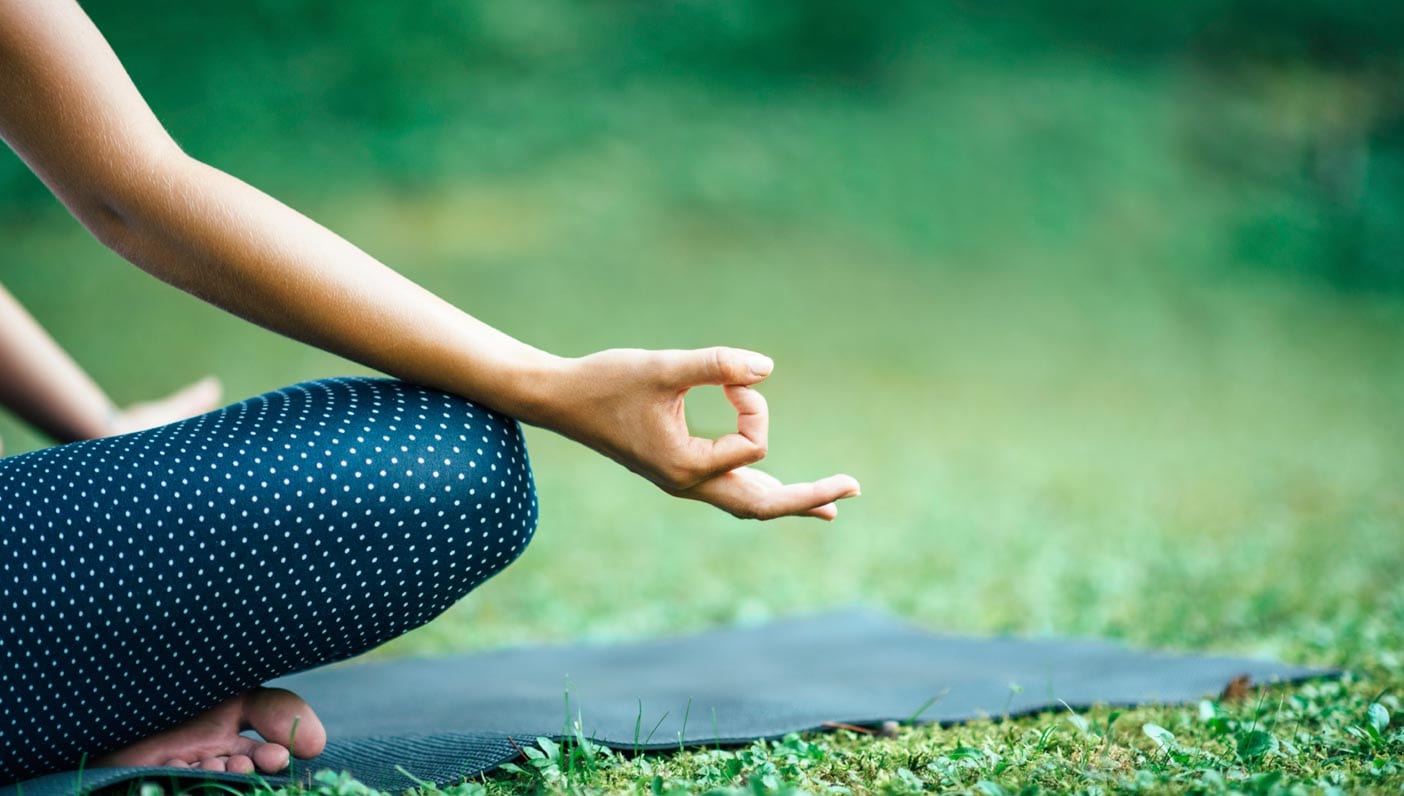
A couple of years ago I was on a search to further my meditation practice. I downloaded most meditation apps, attended dharma talks and meditation sessions, and spoke with gurus on my travels to Thailand, Myanmar, India, and Bali. Through my experience I learned that meditation does not always come naturally, and therefore practitioners are likely to give up if they do not find a practice that suits them. In an effort to fully immerse myself in meditation, I signed up for a 10-day Vipassana course. The practice, grounded in mindfulness, enticed me, as I sought the challenge of putting myself in a new and uncomfortable environment.
Vipassana courses are offered worldwide and often fill up quickly, which meant I signed up for the December session months in advance. My obsessive planner side was happy to check the box and mark the 12 days of solitude off on my calendar. Only as I got closer to the date did my emotions and fears start to make me question if this was really the best choice. I braced myself for the upcoming challenge and surrendered to the thoughts, emotions, and feelings that would arise.
Though I didn’t find any major revelations or make any life-altering conclusions, the 10 days allowed me to break down mental barriers and left me with a full heart and clear mind. I tapped into an intuition I did not know existed and began to notice the subtle shifts as I reentered the world. Not everyone has this time to take off and dedicate to meditation, but luckily there are many forms of meditation that can be applied to your daily life in as little as five minutes.
Transcendental Meditation (TM)
TM is a widely spread practice focused on achieving an enhanced state of consciousness through twice-daily sittings. Each session lasts around 20 minutes and can be practiced alone with the eyes closed in a comfortable, seated position. The practice centers around a mantra that when repeated in the mind allows practitioners to transcend the barrage of thoughts that float through and focus the mind in one place.
Mindfulness Meditation
Finding a quiet, seated position, mindfulness practitioners began by focusing on their breath either in the rise and fall of the belly or in and out of the nostrils. As you focus on the breath you may be distracted by thoughts, sounds, emotions, or body sensations. As you notice your mind straying from the breath you gently refocus, letting distractions fade. Start your practice with 10 minutes and build up to longer sessions.
Zazen
Rooted in Buddhist tradition, Zazen is practiced in temples, monasteries, and meditation halls. This practice can be performed seated or as a walking meditation. As you practice, you keep your eyes slightly open to focus on the real world while also avoiding distraction. The practice focuses on concentration and can include the practice of mentally repeating a mantra. Zazen, meaning the insight into the nature of existence, focuses on achieving single-mindedness to reflect on your life and deeper meaning.
Vipassana
Similar to Zazen, Vipassana is rooted in Buddhist tradition and means insight into the true nature of reality. This practice combines mindfulness of breathing, contemplation, observation of body sensations, and metta (a meditation of love). As I learned this style I transition from mindful breathing, to body scanning, and finally to metta meditation. This is a great style for anyone who has time to dedicate to learning and then practicing for an hour a day afterwards.
After choosing the right meditation practice for you, take key steps to ensure your success in starting a meditation habit.
- Dedicate time: Set up a realistic scheduled time to meditate daily. Create a ritual around the activity by practicing at the same time every day. If you have trouble sleeping, plan an evening meditation to settle the mind. Use a lunch break to meditation for 20 minutes and reset your day.
- Find a group: Most cities have meditation groups that meet weekly and often daily. These places of practice provide a quiet place to step out of your daily routine and find some quiet. Although meditation is an individual practice, I have met dear friends at my place of meditation and while at my Vipassana retreat.
- Reflect on the benefits: Journal thoughts around your general demeanor, level of stress, level of energy and track changes after adopting a meditation practice. The benefits come quickly, but it can take time to notice major changes. You should feel more rested, a higher sense of self, increased levels of energy and clarity, and many more benefits from adopting a practice.
As with any habit, incorporating meditation will seem difficult at first. Take the time to realize the benefits while also being gentle with yourself if you miss a session or become restless while meditating. No one practice is the same, and it makes the next meditation a new experience to look forward to.
—
 Cameron Cler is traveler at heart, obsessed with seeing the world and discovering ways to contribute to positive global change. As a registered yoga teacher, she balances her constant travel and work in the startup world by channeling her inner yogi and welcoming peace in chaotic moments. Her passion is cultivating creativity and inspiration while sharing travel stories, yoga classes, wellness tips, and smiles with her friends, family, and students. Follow her latest adventures @ccler.
Cameron Cler is traveler at heart, obsessed with seeing the world and discovering ways to contribute to positive global change. As a registered yoga teacher, she balances her constant travel and work in the startup world by channeling her inner yogi and welcoming peace in chaotic moments. Her passion is cultivating creativity and inspiration while sharing travel stories, yoga classes, wellness tips, and smiles with her friends, family, and students. Follow her latest adventures @ccler.